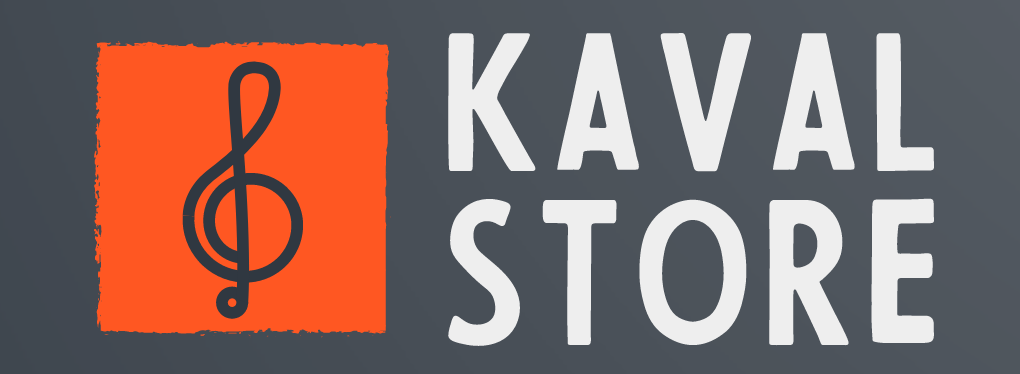Choosing kaval size
Length and tune
There are different kaval tunes, from E, up to A and even G. Here is the purpose of the different tunes (pitches):
- E - a small kaval, usually used only for teaching children up to e.g. 12 year old
- D - most popular size. The majority of contemporary pieces are performed with this type of kaval. Suitable for youngsters and adults
- C - lower, milder tone than D. Some old authentic tunes use this kaval. Often used when accompanying singers
- B-flat - this kaval size (and the bigger ones) are used rarely, mostly for singer accompaniment and also for some "ethno" sounding pieces.
Finger holes
Finger hole diameter may vary from about 9 up to 12 mm. Normally they are around 10-11 mm. If you have thin fingers, you may not be able to fully cover big finger holes. Most people don't have a problem covering 9-10 mm holes. Bigger holes yield more overtones and allow for a bit more sound bending, but 10-11 mm is usually optimal.
Mouth piece
The diameter of the mouth piece depends on the lip size and amount of air. Most common size is 16-17 mm and it is recommended to have your first instrument at that size. Some professional musicians with lots of air volume may prefer larger mouth pieces, but this preference usually comes after they have developed their skills and are looking for perfection.
